
How The Hiroshima Shadows Were Created By The Atomic Bomb
On the morning of August 6, 1945, the United States dropped an atomic bomb on the Japanese city of Hiroshima. Three days later, a second atomic bomb was dropped on the city of Nagasaki. These two events marked the end of World War II and the beginning of the nuclear age.
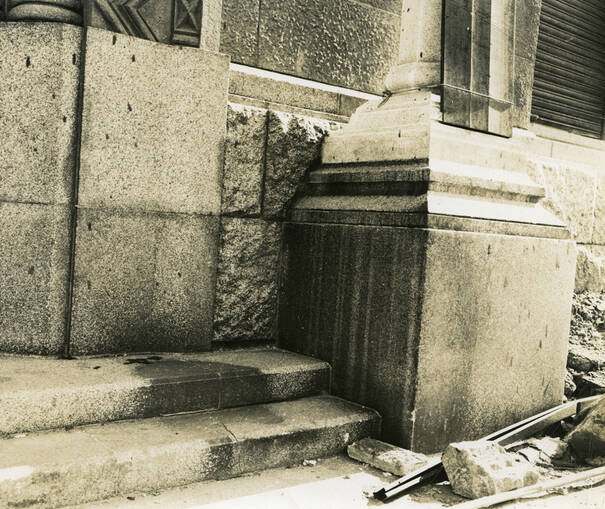
How The Hiroshima Shadows Were Created By The Atomic Bomb
On August 6, 1945, during World War II (1939-45), an American B-29 bomber dropped the world's first deployed atomic bomb over the Japanese city of Hiroshima. The explosion immediately killed an.

Atomic Shadows from Hiroshima and Nagasaki Hiroshima shadows, Hiroshima, Mystery of history
Atomic bombings of Hiroshima and Nagasaki, during World War II, American bombing raids on the Japanese cities of Hiroshima (August 6, 1945) and Nagasaki (August 9, 1945) that marked the first use of atomic weapons in war.. "Nuclear shadows" were all that remained of people who had been subjected to the intense thermal radiation. A.

That Day Now Shadows Cast by Hiroshima Everson Museum of Art
(Image credit: Universal History Archive/Universal Images Group via Getty Images)Black shadows of humans and objects, like bicycles, were found scattered across the sidewalks and buildings of Hiroshima and Nagasaki, two of the largest cities in Japan, in the wake of the atomic blast detonated over each city on Aug. 6 and 9, 1945, respectively.

Hiroshima shadows, Hiroshima, Hiroshima nagasaki
On 6 and 9 August 1945, the United States detonated two atomic bombs over the Japanese cities of Hiroshima and Nagasaki respectively. The bombings killed between 129,000 and 226,000 people, most of whom were civilians, and remain the only use of nuclear weapons in an armed conflict.

75 years after the Hiroshima and Nagasaki bombs, their shadows loom over the nuclear age The
Nagasaki Atomic Shadows. Shadow fragments were found on the streets of Hiroshima and Nagasaki, burned residues of people who died as a result of the 4000-Celsius atomic bomb explosions on August 14, 1945."We used to paint our street art pictures on the streets in the 1980s," Harper recalls.

75 years after the Hiroshima and Nagasaki bombs, their shadows loom over the nuclear age The
On August 6, 1945, an American B-29 bomber dropped an atomic bomb on the Japanese city of Hiroshima. The explosion destroyed much of the city and killed tens of thousands of people. In the days and weeks after the bombing, survivors reported seeing strange shadows on the walls and ground where the bomb had exploded.
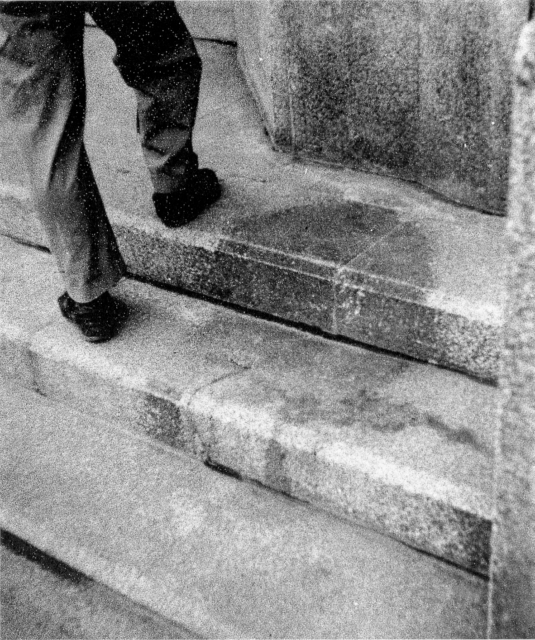
Human Shadows Left Etched In Stone By the Atomic Bombs Dropped On Japan War History Online
From Wikipedia, the free encyclopedia [1] Burials by war Human Shadow Etched in Stone (人影の石, hitokage no ishi) [2] is an exhibition at the Hiroshima Peace Memorial Museum. It is thought to be the residue of a person who was sitting at the entrance of Hiroshima Branch of Sumitomo Bank when the atomic bomb was dropped over Hiroshima.
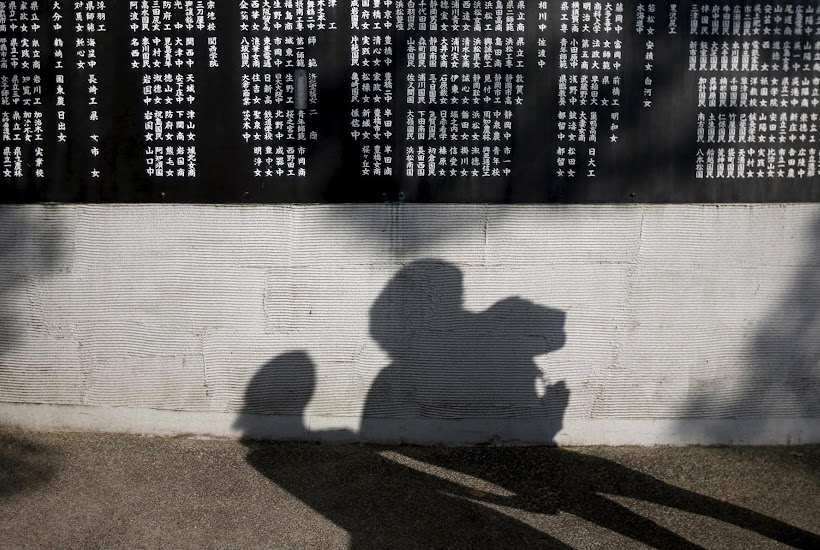
Shadows of Hiroshima The Wider Image Reuters
On August 6, 1945, an American B-29 bomber dropped the world's first atomic bomb on the city of Hiroshima. A second after the fire ball exploded at ground zero, it reached Sumitomo Hiroshima Bank, 260 meters away. The bank had also left behind Mitsuno Ochi, who had been waiting for them.

75 years after the Hiroshima and Nagasaki bombs, their shadows loom over the nuclear age The
8. The bombings led to the deaths of at least 150,000-246,000 people. Between 90,000 and 166,000 people are estimated to have died as a result of the Hiroshima attack, while the Nagasaki bomb is thought to have caused the deaths of 60,000-80,000 people. 9. The oleander is the official flower of the city of Hiroshima….

Atomic shadow of a man and a ladder. Nagasaki, 1945. Wwii Photos, Old Photos, Hiroshima Peace
Letters to the Editor: The Nagasaki decision. George F. Will: One of humanity's remarkable achievements is the absence of the use of a third nuclear weapon. The U.S. hid Hiroshima's human.

10 Haunting Photos Of People Permanent Shadows In Hiroshima YouTube
On August 6, 1945 the United States dropped an atomic bomb on Hiroshima, killing about 140,000 by the end of the year in a city of 350,000 residents in the world's first nuclear attack. Three.
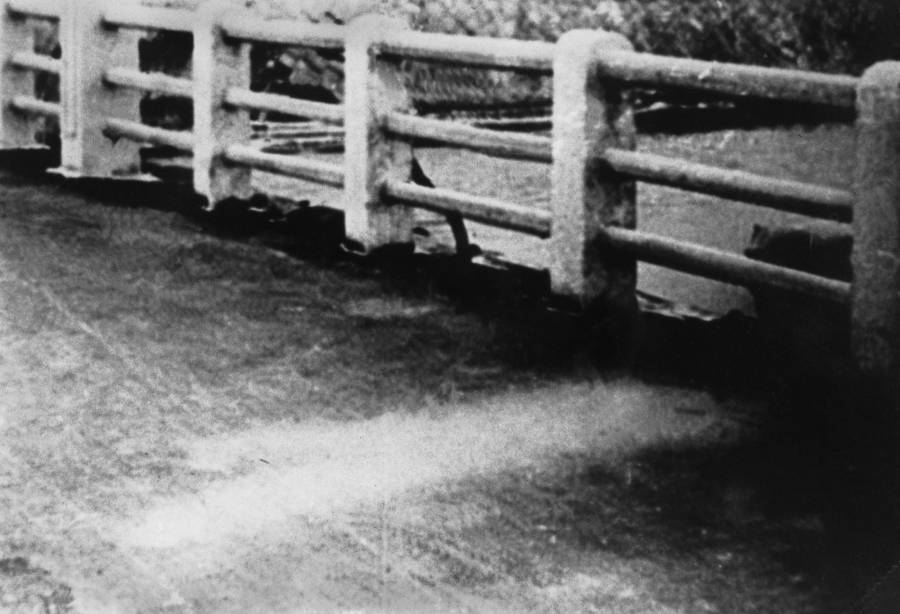
Hiroshima Shadows As They Were Burned Into The Ground By The Atomic Bomb
The city of Hiroshima estimated that upwards of 200,000 people were killed in connection with the bombing, and largely due to a deadly combination of radiation poisoning and a lack of medical resources because the bomb detonated directly over a city hospital, killing a huge portion of its local doctors and supplies.
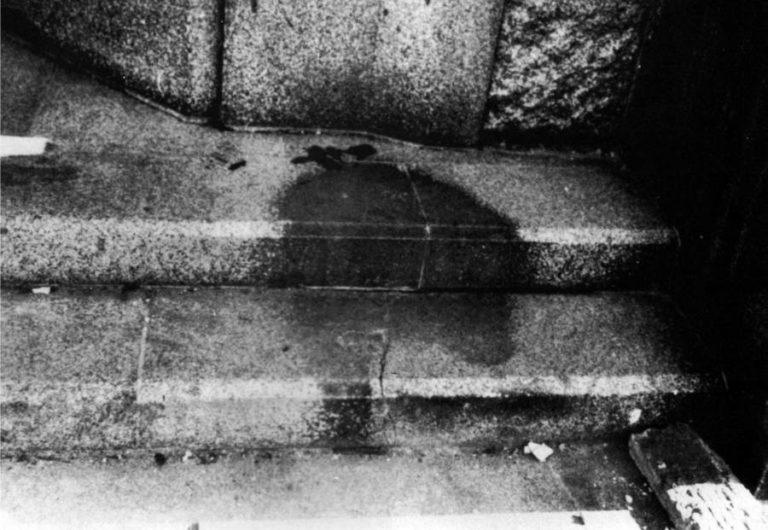
How The Hiroshima Shadows Were Created By The Atomic Bomb
The Hiroshima shadows are black shadows of human or object remains that were discovered on sidewalks and buildings throughout the city. The Sumitomo Bank, located only 850 feet from the blast's epicenter, is one of the most famous Hiroshima shadows.

How The Hiroshima Shadows Were Created By The Atomic Bomb
Five square miles of the city were destroyed. The explosion killed an estimated 80,000 people immediately. This death toll would rise to upwards of 200,000 people after tens of thousands more died later of radiation exposure. Devastation at Hiroshima, after the atomic bomb was dropped.

THE GIRL CHILD & HIROSHIMA, NAGASAKI SHADOWS OR NUCLEAR GHOSTS Free Download, Borrow, and
The shadows of Hiroshima have become an integral part of the city's collective memory of the atomic bombings of Japan. Although an atomic bomb was dropped on Nagasaki just three days later, the city does not remember the event with the same focus on atomic shadows. Hiroshima alone has centered their importance in the nuclear debate.